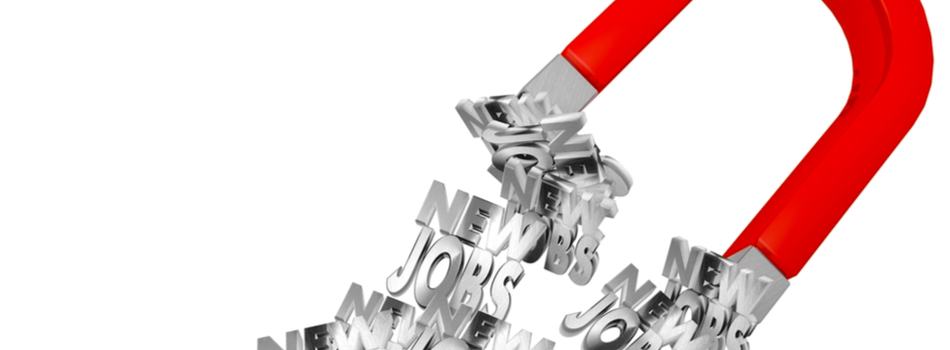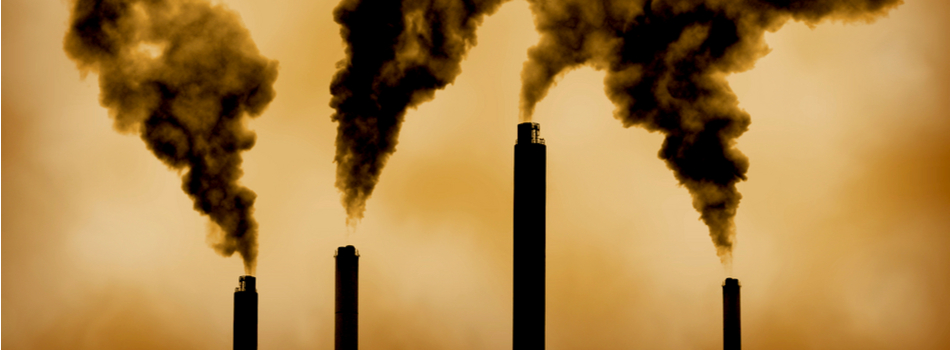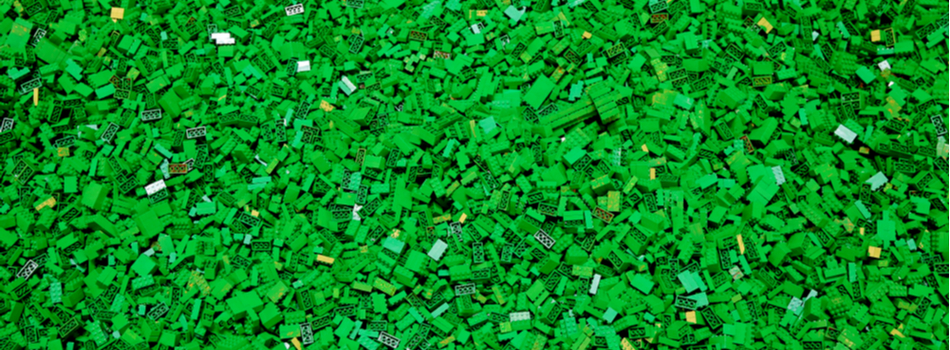Corporate social responsibility (CSR) is a term that is freely bandied about and has come to mean just about anything a company or organisation wants it to mean.

At its purest level, though, corporate social responsibility has specific characteristics and is not to be confused with the shrewd marketing ploys that some companies use to boost their public credentials.
Defining Corporate Social Responsibility
I like to quote the following definition of CSR, offered by Chatham House associate fellow, Paul Hohnen.
CSR, he says, is the “responsibility of an organisation for the impacts of its decisions and activities on society and the environment that is consistent with sustainable development and the welfare of society.”
His definition is closely linked to the concept of sustainable development, which the 1987 Brundtland Report describes as ‘‘development that meets the needs of the present without compromising the ability of future generations to meet their needs’’.
You get the idea. Companies have to pursue profits of course, (how else will they stay in business?) but they must do so in a socially responsible and environmentally-friendly way.
The Primary Objectives of Socially Responsible Enterprises
CSR should achieve the following goals:
- Provide employment: Businesses should create jobs for local members of the community and should contribute to the local economy.
- Care for the environment: Businesses have a responsibility to cut back on carbon emissions, dispose of waste in a non-polluting way, and support environmental care programmes.
- Adhere to ethical principles: Companies should promote business ethics and be seen to be trustworthy, reliable, and credible.
With climate change high on the world agenda, no company wants to be singled out as an air polluter or perpetrator of environmental damage. A recent survey by Deloitte reveals that business leaders overwhelmingly (93 percent) believe that companies are not merely employers, but are also stewards of society.
A full 95 percent of respondents said they are diverting substantial resources to socially responsible initiatives and plan to expand this investment even further in the coming year. A majority (59 percent) said they devote between one and five percent of their revenues to social advancement programmes.
How CSR Benefits Companies
While the community profits from a strong CSR project, so does the company. Benefits for the company include:
1) Standing: Companies with a proven CSR track record are invariably held in high regard by the local community. By contrast, those with a poor CSR reputation are generally shunned.
2) Happier employees: Companies committed to CSR programmes tend to attract brighter and more optimistic workers, and the morale of staff is usually high.
3) Better trade relations: Companies up and down the supply chain will relate more to other partner firms that have adopted the same or similar CSR values as themselves.
A commitment to CSR pays off. A Reputation Institute survey found that 91.4% of respondents said they would support a company with an excellent CSR programme, while 84.3% said they would give such companies the benefit of the doubt in a crisis.
Examples of CSR Programmes
It is always helpful to look at some concrete examples when exploring complex topics.
Example #1: Lego
The makers of this popular children’s toy are committed to helping children develop through creative play and to foster a healthy planet. The company’s pledge to reduce its carbon impact has seen it being named a World Wildlife Fund Climate Savers Partner.
Lego says it will strive to eliminate its landfill waste by 2025 and to produce all its building bricks from sustainable resources (renewable or recycled) by 2030.
The company says the output from its investments in renewables, such as offshore wind in Germany and Britain, exceeds the energy used at its factories, offices, and stores.
Example #2: Salesforce
The cloud-based software company, which is headquartered in San Francisco, is a good example of corporate philanthropy. Under its 1-1-1 philanthropic model, it gives one percent of equity, one percent of product, and one percent of employees’ time to non-profits and educational institutions.
Salesforce employees have so far logged 3.8 million volunteer hours. The company has awarded more than $260 million (USD) in grants, and has donated money and software to more than 40,000 non-profits and learning institutions.
Example #3: TOMS
Headquartered in California, TOMS designs and markets shoes as well as eyewear, apparel, and bags. Aside from donating to a needy child a pair of shoes for every pair they sell, the company dedicates at least one-third of its net annual profits to a giving fund which channels grants to worthy causes.
How to Tell the Real from the Gimmick
Did you notice the common thread running through the three examples above? They are all long-term projects requiring extensive resources.
One way to tell if a CSR programme is simply a marketing strategy is to check the length of the project. If it lasts just a few months it is likely to be a gimmick. Businesses committed to CSR tend to launch projects that are continuous and not bound by time frames.
The Way I See It
This brings me to my own take on corporate social responsibility.
In my experience, giving nourishes the soul and I believe that part of my responsibility as a business owner is to help the needy.
It is for this reason that Logistics Bureau and some of my other businesses have adopted the B1G1 (Buy1Give1) scheme, which involves giving a part of our revenue to needy causes every time we make a client transaction.
Since 2012—thanks to the support of our clients and industry colleagues—we have recorded more than 6.8 million giving impacts. Under the B1G1 scheme we have helped worthy causes right across the world, including the following:
- Bringing fresh water to villages in Cambodia
- Providing lunch meals to children in the Philippines
- Delivering access to education to children in Ghana
- Providing access to healthcare to refugees in Malaysia.
After eight years of continuous giving, the list does go on and on—and it covers diverse projects right across the world.
We can safely say that genuine CSR is good for business, the community, and the planet. Being in business brings its fair share of rewards—but sharing those rewards makes it all the more worthwhile.
Best Regards,
Rob O’Byrne
Email: robyrne@logisticsbureau.com
Phone: +61 417 417 307









